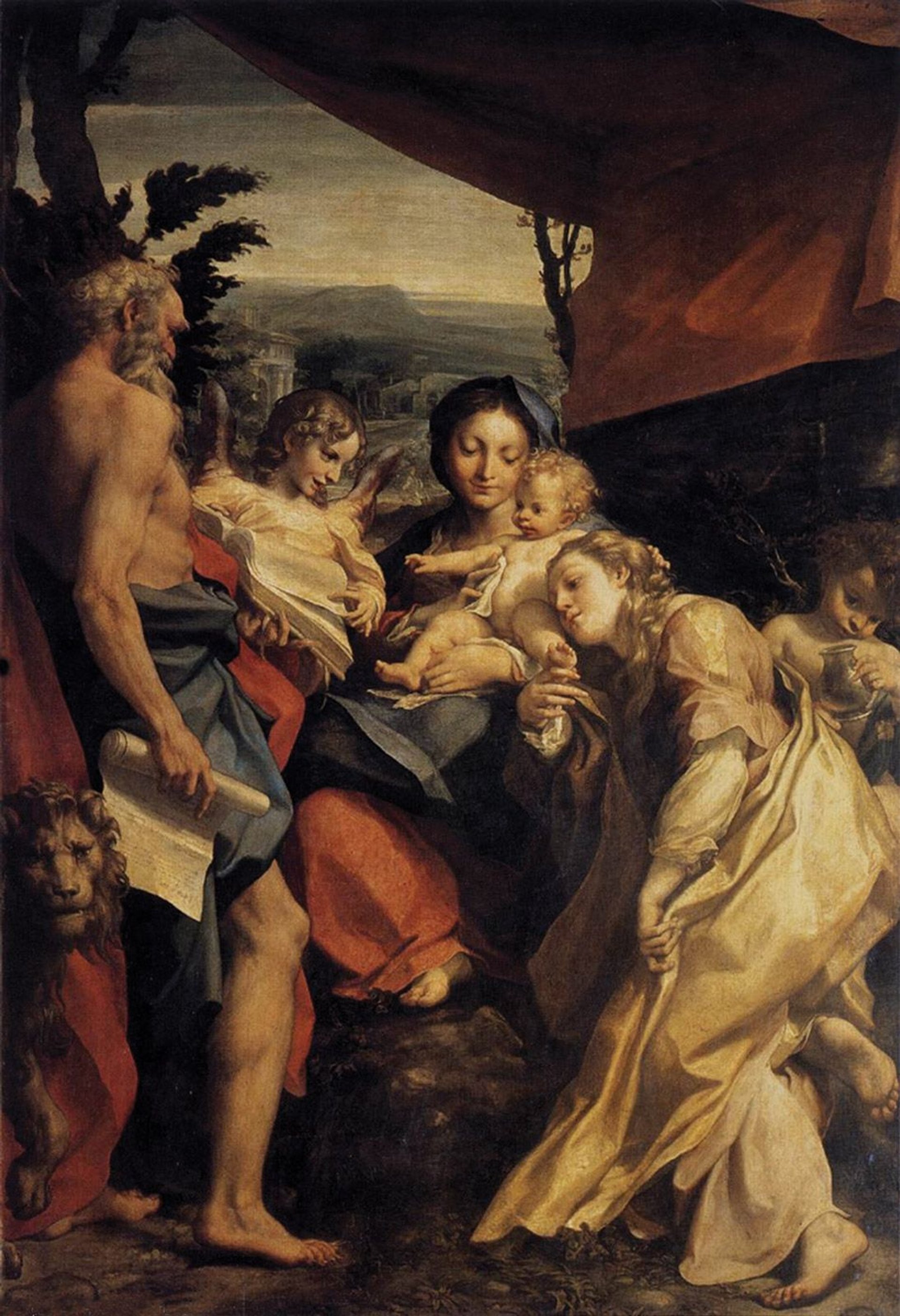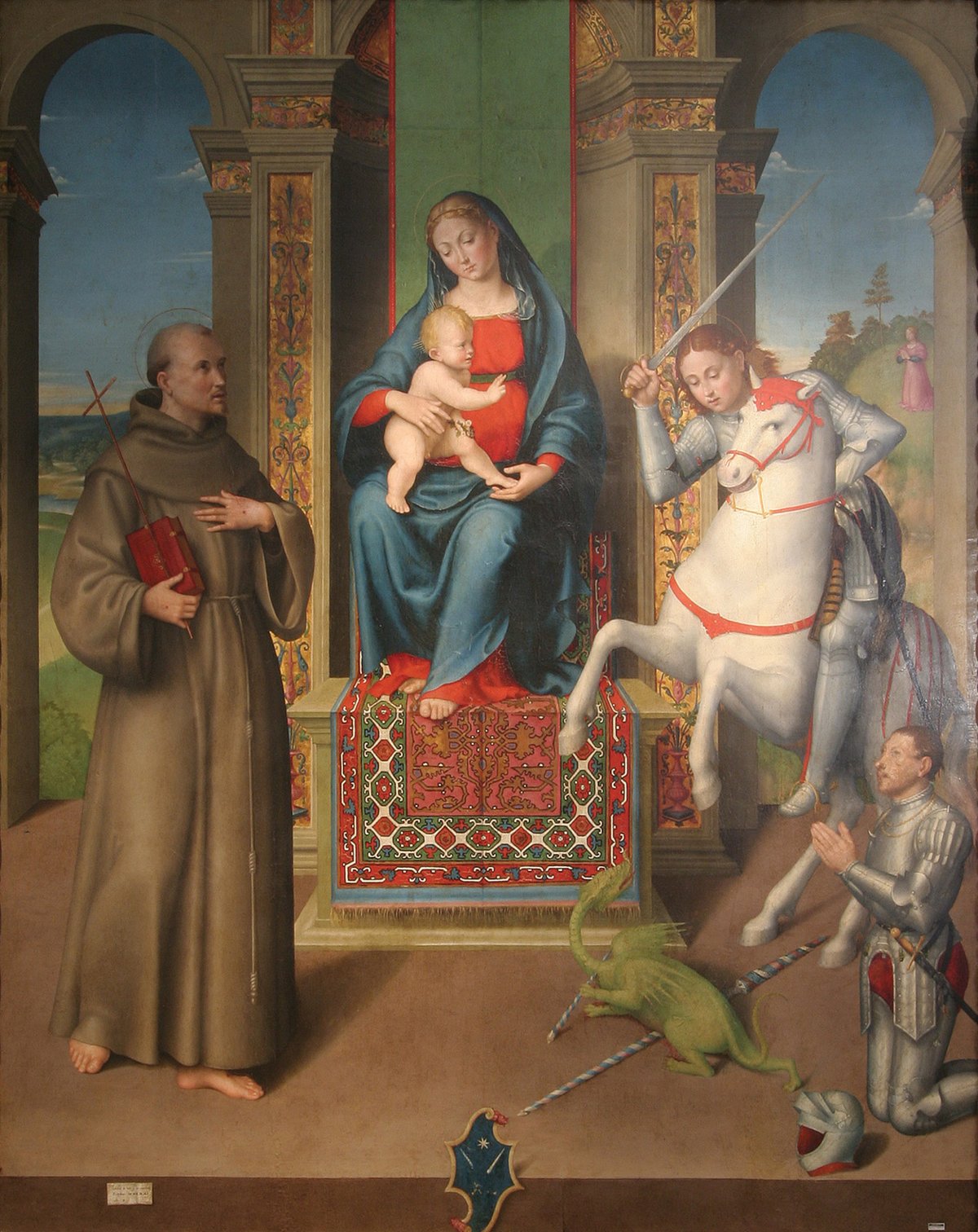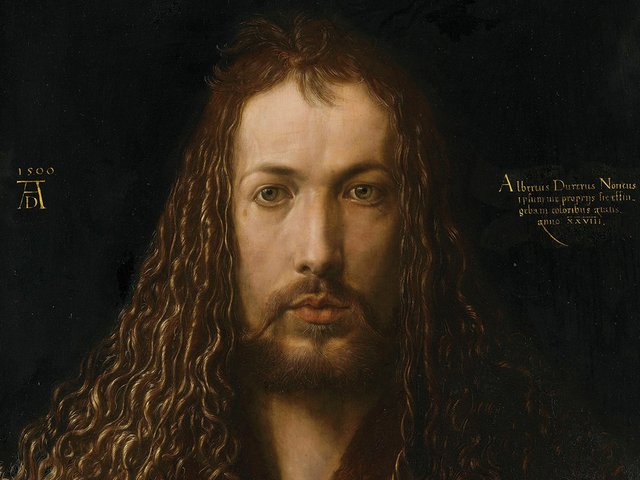How many churches existed on the Italian peninsula in, say, the year 1500? Probably no one has ever calculated, but 3,000 would be a conservative estimate. How many altars were there in each of these churches? In modest country parishes, perhaps no more than one or two, but in the grandest churches of the religious orders, often as many as 20. How many of these thousands of altars were decorated with paintings or sculptures? Since there was no canonical requirement for an altar to have an altarpiece, many may have done without.
Yet during the course of the 14th and 15th centuries, and especially in large urban centres such as Rome, Naples, Milan, Florence and Venice, an altar without an altarpiece would have been considered a poor thing. Wealthy families and social institutions vied with one another to commission decorations for their altars and chapels that were beautiful and dignified, as well as expressive of their own particular devotional interests. It is little wonder that throughout the Renaissance period the production of altarpieces constituted one of the main tasks of every painter, whether of the stature of Raphael or Titian, or of the less gifted Bernardino Detti or Girolamo da Santacroce, or of quite minor, now anonymous artisans.
Throughout the Renaissance period the production of altarpieces constituted one of the main tasks of every painter
But how do you construct a historical survey of these thousands of Italian Renaissance altarpieces? As with artistic style, different centres developed their own distinctive typologies, and it is legitimate to recognise a typical Sienese Trecento or Florentine Quattrocento altarpiece, especially since their designs reflect the prevailing architectural style of their time and place. Yet any attempt to apply a geographical structure to a broad survey would result in an excessive fragmentation and in the exclusion of often very interesting lesser centres.
Similarly, you could build a story with a series of case studies or historical landmarks. But while this might illumine a selection of major masterpieces and take account of the role of certain major patrons, it would inevitably be at the expense of many lesser works of art—which nevertheless deserve to be seen as part of the larger picture.

… while those in Correggio’s Madonna of St Jerome (around 1528) are grouped together with affectionate intimacy Courtesy of Galleria Nazionale, Parma
In his latest book, the distinguished Renaissance scholar David Ekserdjian adopts a different strategy. As he justifiably claims, this is the first full-length survey of the Italian altarpiece throughout the Renaissance period. Running to more than 400 double-columned pages, the book stretches chronologically from Duccio’s Maestà of 1308-11 to the likes of Barocci and Veronese in the later 16th century, and geographically from Piedmont and the Friuli to Sicily.
This vast and unwieldy material is arranged in an order that, while loosely chronological, is essentially thematic. The overarching theme is signalled by the subtitle: Between Icon and Narrative. In very general terms, the earliest altarpieces tended to present static images of holy persons, such as the Virgin Mary and the saints, often in the separate compartments of polyptychs; whereas by the 16th century unified pictorial fields provided much more scope for the depiction of stories from the New Testament, or from the lives of the saints.
But part of Ekserdjian’s point is that, in the context of the altarpiece, the terms “icon” and “narrative” are not polar opposites, and that both are implicit in the very placing of the image above an altar, a site for the celebration of the sacrament of Eucharist and for devotional contemplation of the mysteries of the Christian faith. Hence a static image of a saint usually also evoked the circumstances and meaning of his or her life, while the message implicit in even an intensely dramatic narrative was its timeless significance.
To our eyes, Luca Longhi’s painting is faintly absurd, with George attacking his dragon in an architectural interior
The intertwining of icon and narrative is eloquently illustrated by the first two examples cited in the introductory chapter: one, The Virgin and Child with Sts Francis and George (1532) by the Ravennate painter Luca Longhi, and the other, Correggio’s Madonna of St Jerome, of only four years earlier. In both cases, the subject is the very common one of the so-called sacra conversazione, in which a central Virgin and Child are surrounded by a group of anachronistic saints. Correggio’s painting is infinitely the more sophisticated: new ways are found of displaying the saints’ attributes, with their references to the circumstances of their lives, and the composition is enlivened by subtle asymmetries and ripples of movement. To our eyes, Longhi’s composition is not only much more stilted but is also faintly absurd, with George attacking his dragon in an architectural interior, and a donor kneeling impassively in the right foreground. But to contemporaries—and perhaps especially to provincial audiences—this example would probably have been no less effective than that by Correggio in fulfilling the various religious and social functions of the altarpiece.
Ekserdjian has an impressively encyclopaedic knowledge of the byways of altarpiece development during this period, and the Longhi is just one of numerous examples that serve as enjoyable and illuminating complements to the more familiar masterpieces of the genre. And as well as exploring the creative tension between icon and narrative, the author finds room to discuss various other essential aspects of the Renaissance altarpiece: the ways in which it was framed in wood or marble, and was sometimes combined with figurative sculpture; the ways in which it was discussed in written documents of the period; the ways in which it responded to the changing religious climate of the 16th-century Age of Reform. At the same time, he writes engagingly and wears his learning lightly, and, with its 250 illustrations, this handsome book is designed in the best Yale tradition.
David Ekserdjian, The Italian Renaissance Altarpiece: between Icon and Narrative, Yale University Press, 496pp, £60, $75 (hb)
• Peter Humfrey is the emeritus professor of art history at the University of St Andrews




